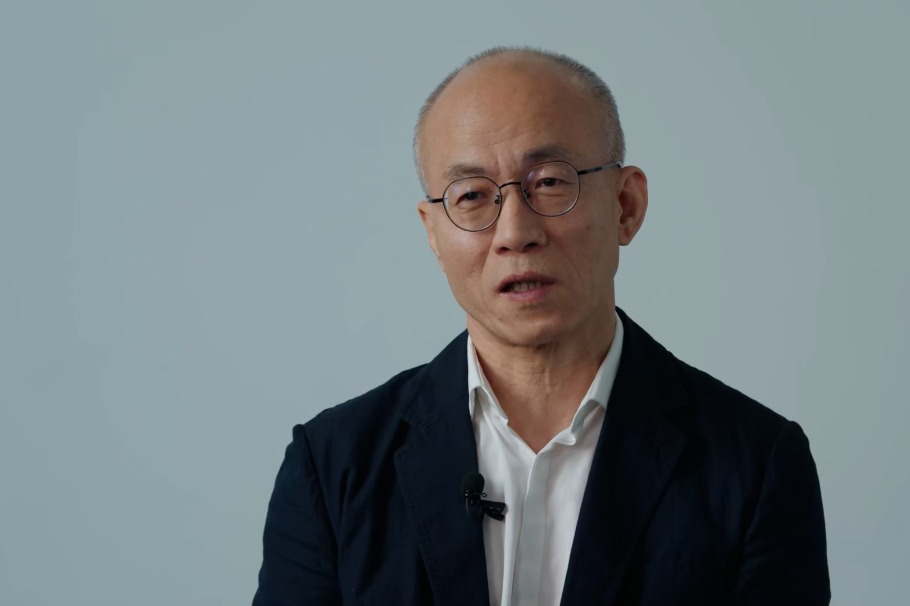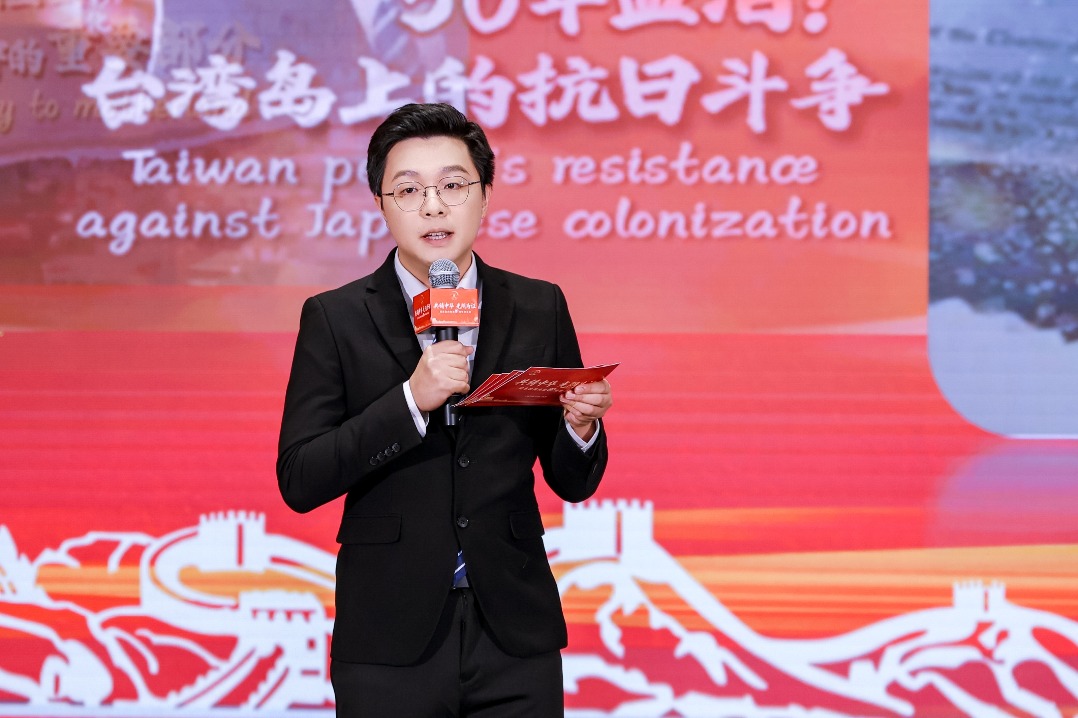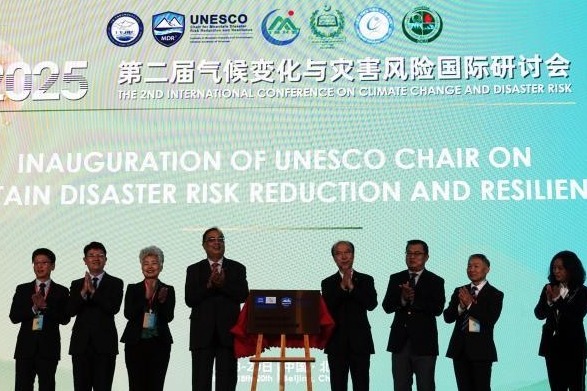Education a stabilizer for Sino-US relations
Stronger student exchanges called for by experts despite visa challenges

Education cooperation is a vital bridge connecting China and the United States, playing an indispensable role in fostering mutual understanding and ensuring healthy, stable and sustainable bilateral relations, according to education officials and university leaders from both countries.
Charles Welch, president of the American Association of State Colleges and Universities, acknowledged challenges in international enrollment due to visa policy changes but reaffirmed a strong commitment to sustaining educational partnerships.
"We reaffirm our commitment to sustaining these partnerships, fostering these relationships," he said at the Sixth China-US Provincial/State University Presidents' Forum held in Beijing on Wednesday. He emphasized that enhancing mutual understanding and dialogue is "more crucial now than ever before".
Welch believes education is the best way to bridge differences, forge stronger partnerships and deepen understanding of each other's cultures, politics and governance systems.
Highlighting a positive trend, Welch noted a 10 percent increase in Chinese students participating in the Sino-US 1+2+1 dual degree program this year, despite an overall decline in international student enrollment in the US. The program is designed in a manner that allows students to study for the first and fourth years at Chinese universities, and the second and third years at US partner institutions.
More than 7,000 students have enrolled in both Chinese and US universities, and more than 6,000 have earned degrees, numbers Welch said that are "merely a starting point", underscoring the program's significant impact.
Liu Limin, president of the China Education Association for International Exchange, highlighted the 1+2+1 program as a cornerstone of bilateral cooperation. Liu said it is one of the most important platforms with the widest participation, longest duration and broadest cooperation fields in China-US higher education.
However, Liu also pointed to practical challenges, citing "uncertainties in visa policies" that increase anxiety for students and parents, and prolonged review cycles that delay enrollment and dampen confidence levels.
He urged both sides to stay true to the original purpose of educational cooperation, resolve differences through dialogue and accumulate trust through cooperation to make education a genuine stabilizer for bilateral relations.
Zhao Lei, deputy director of the Department of International Cooperation and Exchanges at China's Ministry of Education, described educational exchanges as the "best connector" in China-US relations. He said it links millions of households, serves as a natural vehicle for people-to-people interactions, shapes future friendly forces and is a powerful tool for practical local cooperation.
Zhao emphasized that the essence of China-US educational cooperation is a "strategic win-win" that transcends short-term issues, aligning with both nations' common interests and serving as a key link in enhancing people-to-people ties and deepening mutual learning.
Reaffirming China's commitment to high-level opening-up, Zhao supported universities in engaging in international educational cooperation. He also called on more US institutions and individuals to support the "50,000 in Five Years" initiative and host activities for the youth, while encouraging US teachers and students to participate in exchange programs in China.
Carl Lejuez, executive vice-president and provost of Stony Brook University, shared their successful efforts to rebuild international student numbers. He said that the university hosts almost 4,000 international students, with nearly a half of those being Chinese students.
After experiencing "a real dip" in Chinese student numbers in recent years, the university made a commitment in 2023 to invest in rebuilding its international student numbers and particularly its Chinese student population. This commitment yielded significant results, as they doubled the number of first year Chinese students in a period of a year.
Acknowledging the anxiety felt by many students and parents, Lejuez invoked US businessman and investor Warren Buffett's philosophy: "when people are anxious, that's the time to lean in."
"Now is the time for us to work even harder to establish what these partnerships can be," Lejuez said, with the goal to "create both a real and perceived sense of safety, opportunity and support for students who are going in both directions".
Mary Hoffman, interim provost of the University of Wisconsin-Eau Claire, recalled how in 1982 her state and Heilongjiang province signed an agreement establishing relations of friendship, and that subsequent governors have expanded and reaffirmed the relationship and agreements.
Hoffman pointed to shared characteristics and industries that sustain the partnership: "Wisconsin and Heilongjiang focus on our shared climate and agricultural production. We are both cold places with warm hearts, and we love our dairy and our beer, as well as our forestry and manufacturing businesses."
She said that educational collaboration and student and faculty mobility have the potential to create a better world through increased mutual understanding and fundamentally strengthen people-to-people and country-to-country relationships.
zoushuo@chinadaily.com.cn




































